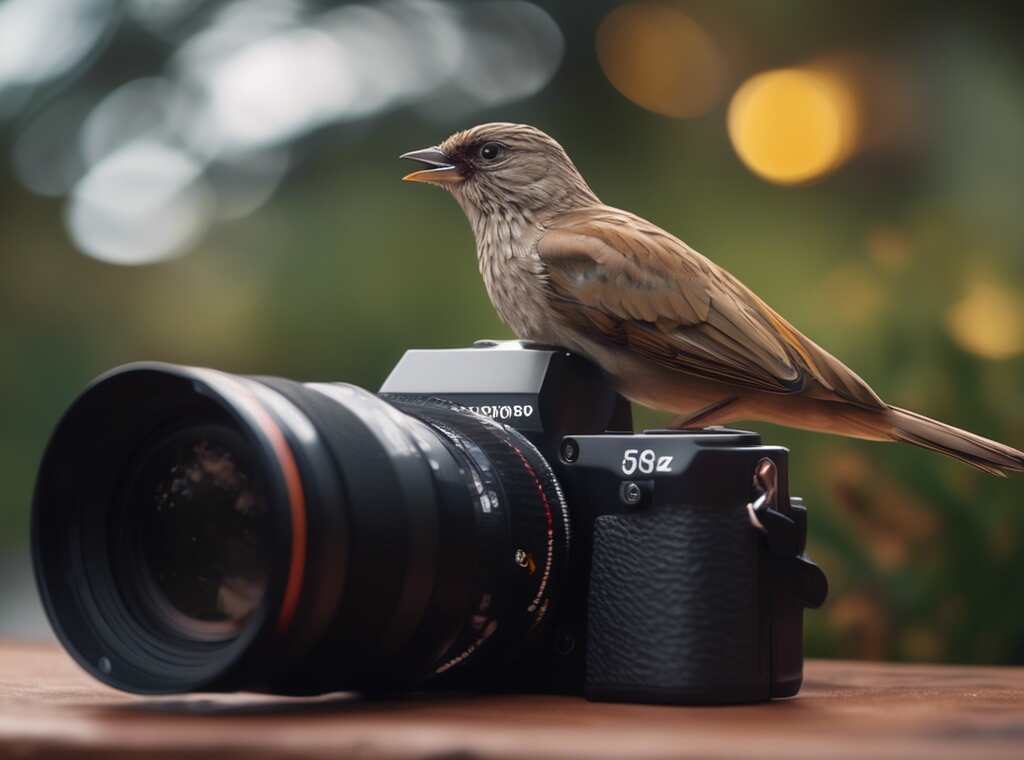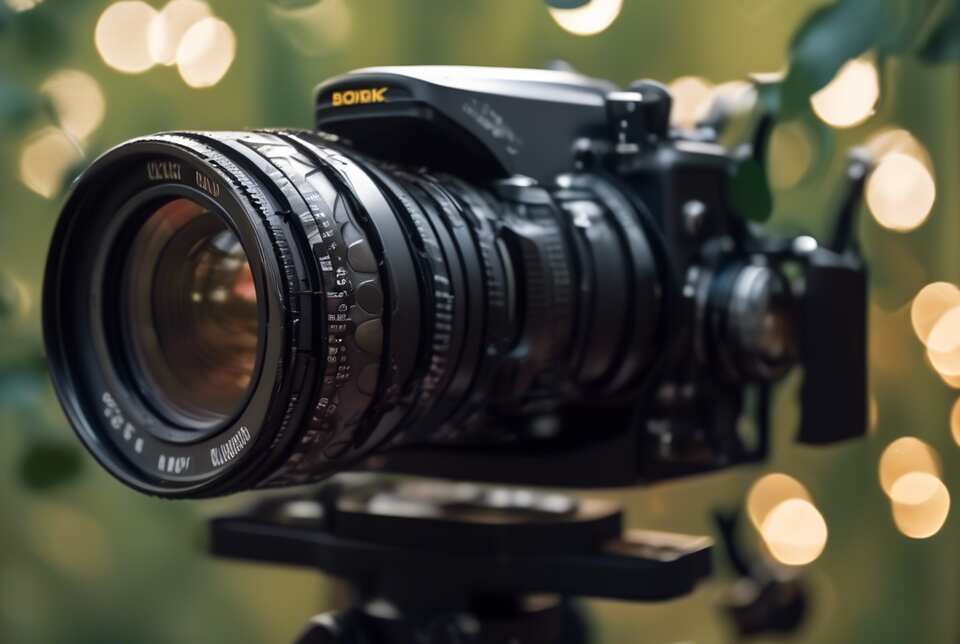Bird photography enthusiasts often find themselves facing the challenge of capturing fast-moving subjects in their natural habitats. One crucial aspect that can make a significant difference in the outcome of bird photography is understanding the two main types of autofocus systems available in modern cameras. By grasping the differences between these autofocus modes and when to use them effectively, photographers can elevate their bird photography game to new heights.
Table of Contents
The Importance of Understanding the Two Main Types of Autofocus in Bird Photography
Types of Autofocus Systems
In bird photography, the two main types of autofocus systems are Single Autofocus (AF-S) and Continuous Autofocus (AF-C). Each of these systems serves a specific purpose and is essential for capturing sharp and in-focus images of birds in different situations.
Single Autofocus (AF-S)
Single Autofocus, commonly referred to as AF-S, is best suited for stationary subjects or birds that are not in motion. When using AF-S mode, the camera locks focus on a single point in the frame, ensuring that the subject is sharp and clear before the photographer takes the shot. This mode is ideal for capturing perched birds or birds that are relatively still.
Continuous Autofocus (AF-C)
Continuous Autofocus, known as AF-C, is designed to track moving subjects continuously. When photographing birds in flight or birds that are constantly on the move, AF-C mode is the go-to autofocus system. This mode allows the camera to adjust focus continually as the subject moves within the frame, ensuring that the images remain sharp and in focus throughout the shooting process.
If you’re looking to take your bird photography skills to the next level, consider enrolling in a Wildlife Photography Course for Beginners. You’ll learn techniques that will help you capture stunning photos of birds in action.
When to Use Each Autofocus Mode
Understanding when to use each autofocus mode is crucial for achieving optimal results in bird photography. Here are some scenarios where each autofocus mode is most effective:
- AF-S Mode:
- Use AF-S mode when photographing perched birds, birds resting on the ground, or stationary birds.
- This mode is also suitable for capturing birds in portrait-style shots where the subject remains relatively still.
- AF-C Mode:
- AF-C mode is ideal for capturing birds in flight, birds in motion, or birds engaged in activities such as hunting or feeding.
- When photographing birds that are constantly moving, AF-C mode ensures that the camera can continuously track the subject and maintain focus throughout the sequence of shots.
Mastering the two main types of autofocus systems, AF-S and AF-C, is essential for bird photographers looking to improve their skills and capture stunning images of birds in various situations. By understanding the strengths and purposes of each autofocus mode and knowing when to use them appropriately, photographers can enhance their ability to capture the beauty and essence of birds in the wild. Whether photographing a perched bird or a bird in flight, choosing the right autofocus mode can make a significant difference in the quality of the final images.
Tips for Maximizing Autofocus Performance in Bird Photography
The performance of autofocus in bird photography can significantly impact the quality of your images. Understanding the two main types of autofocus systems available in cameras and knowing when to use them appropriately can make a substantial difference in capturing sharp and detailed bird photos. Let’s delve into the autofocus modes used in bird photography and the ideal scenarios for their application.
Phase Detection Autofocus (PDAF)
Phase Detection Autofocus (PDAF) is a popular autofocus technology used in many DSLR and mirrorless cameras. This autofocus system works by splitting incoming light using a phase-detection sensor. It then compares the phase differences between the split light to quickly and accurately determine the correct focus distance. PDAF is known for its fast focusing speeds, making it suitable for capturing birds in motion or fast-paced situations.
In bird photography, PDAF is ideal for situations where your subjects are moving swiftly, such as birds in flight or birds hopping between branches. The ability of PDAF to track and maintain focus on moving subjects can help you capture sharp and well-focused images of birds in action. When photographing birds that are constantly on the move, utilizing PDAF can significantly increase your chances of getting clear shots.
Claim your FREE ebook: ‘Feathered Focus – Tips and Tricks for Bird Photography Enthusiasts!
Contrast Detection Autofocus (CDAF)
On the other hand, Contrast Detection Autofocus (CDAF) is another autofocus technology commonly found in digital cameras. CDAF works by analyzing the contrast of the scene to determine the point of focus accurately. While CDAF is typically slower than PDAF, it excels in capturing still subjects with precision and accuracy.
When photographing perched birds or birds in relatively static positions, CDAF can be the preferred autofocus mode. The methodical and precise nature of CDAF makes it well-suited for situations where your subject is stationary, allowing you to focus meticulously on the bird’s details and plumage. By using CDAF in such scenarios, you can ensure that your bird photos are sharp and well-defined, highlighting the intricate features of the birds.
Choosing the Right Autofocus Mode
When photographing birds, it’s essential to assess the behavior and movement of your subjects to determine the most appropriate autofocus mode. For birds in dynamic and fast-paced environments, utilizing PDAF can help you keep up with their movements and capture compelling action shots. Conversely, when photographing perched birds or static subjects, switching to CDAF can enable you to focus accurately on the finer details without the need to track motion.
By understanding the differences between Phase Detection Autofocus (PDAF) and Contrast Detection Autofocus (CDAF) and knowing when to apply each autofocus mode in bird photography, you can enhance the overall sharpness and clarity of your bird images. Experimenting with these autofocus modes in various bird photography scenarios will allow you to optimize your autofocus performance and capture stunning bird photos consistently.
Conclusion
In the world of bird photography, understanding the two main types of autofocus is crucial for capturing stunning and sharp images of these swift and often elusive creatures. By delving into the differences between single autofocus (AF-S) and continuous autofocus (AF-C), photographers can significantly improve their success rate in capturing breathtaking shots of birds in action.
Mastering the use of single autofocus (AF-S) is ideal for situations where the subject is stationary or moving at a slow pace. By focusing on a single point and locking the focus on the subject, photographers can ensure crisp and clear images of birds perched on branches or sitting still. This mode is perfect for capturing detailed shots of birds’ intricate plumage and features, allowing photographers to showcase the beauty of these creatures in all their glory.
On the other hand, continuous autofocus (AF-C) is a game-changer when it comes to photographing birds in motion. Birds are known for their swift and erratic movements, making it challenging to maintain focus on a moving target. By utilizing AF-C mode, photographers can track the subject continuously, adjusting the focus as the bird changes position or speed. This mode is essential for capturing birds in flight or engaging in dynamic activities such as hunting or feeding, where speed and precision are paramount.
To maximize autofocus performance in bird photography, there are several tips and techniques that photographers can employ. Firstly, selecting the appropriate autofocus mode based on the behavior of the birds being photographed is key to achieving sharp and focused images. By understanding the characteristics of AF-S and AF-C modes, photographers can adapt their autofocus settings to suit different shooting conditions and bird behaviors.
In addition to selecting the right autofocus mode, utilizing back-button focus can enhance focus accuracy and flexibility in bird photography. By assigning autofocus activation to a dedicated button on the back of the camera, photographers can separate focusing from shutter release, allowing for greater control over focus tracking and composition. This technique is especially useful when shooting birds in motion, as it enables quick adjustments to focus points without having to recompose the shot.
Furthermore, optimizing autofocus settings such as focus sensitivity, tracking speed, and focus area selection can significantly improve autofocus performance in bird photography. By customizing these settings to match the behavior and movement patterns of the birds being photographed, photographers can achieve sharper and more precise focus on their subjects. Experimenting with different autofocus configurations and fine-tuning the settings based on the specific requirements of each shooting scenario can lead to superior results in bird photography.
Mastering the two main types of autofocus and implementing advanced strategies for maximizing autofocus performance are essential for capturing stunning bird photography. By understanding the unique characteristics of single autofocus (AF-S) and continuous autofocus (AF-C) and employing tips and techniques to optimize autofocus settings, photographers can elevate their bird photography to new heights.
With practice, patience, and a deep knowledge of autofocus principles, photographers can unlock the full potential of their equipment and create breathtaking images of birds in action.




